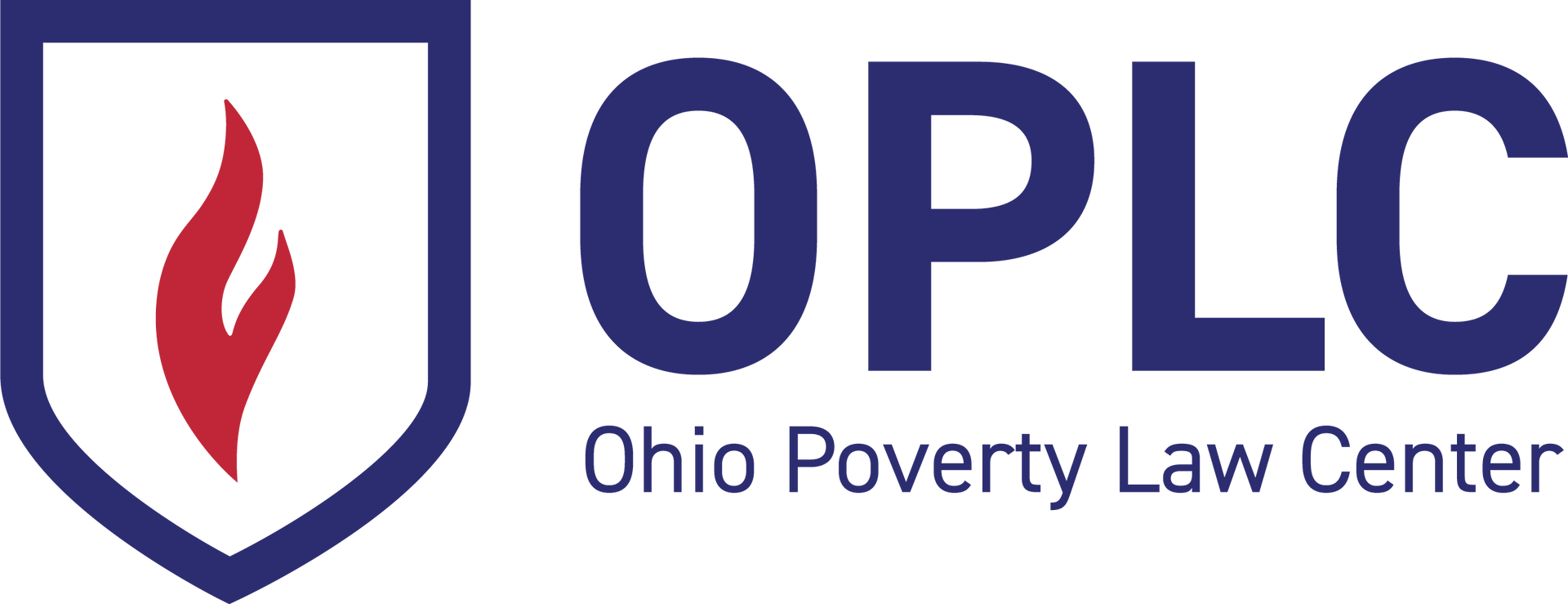PIPP PLUS PROGRAM HAS ELIMINATED HALF BILLION DOLLARS IN LOW INCOME CUSTOMERS’ UTILITY ARREARS IN 2011
Good news for low-income Ohioans struggling to pay their utility bills: major changes to Ohio’s Percentage of Income Payment Plan (PIPP) program that went into effect in November 2010 have lowered costs for customers.
The new program, PIPP Plus, lowered combined gas and electric monthly PIPP payments from 15% of the PIPP customer’s income to 12% (6% gas and 6% electric). Moreover, if customers make their full monthly payment on time, they accrue no new utility arrears (for the difference between the PIPP payment and the actual bill charge), and one twenty-fourth of their existing electric or natural gas that is erased. If a customer makes 24 consecutive payments, in full and on time, the entire debt will be forgiven. Income eligibility remained at or under 150% of the federal poverty level for a household.
The Office of Consumers’ Counsel (OCC) has analyzed data for 2011, the first full year of PIPP Plus. The data is remarkably positive. On average, more than 72% of the payments made by customers enrolled in PIPP Plus during 2011 were submitted in full and on time. The utilities also reported that nearly $500 million in arrearage credits were awarded to PIPP Plus customers who were current with their payments.
The average monthly PIPP Plus payment was slightly under $54 in 2011. This averages to approximately $647 paid throughout the year towards electric and natural gas bills.
The PIPP Plus changes did not materialize overnight. Beginning in the late 1990s, legal aid advocates—including Noel Morgan (Legal Aid Society of Southwest Ohio), Ellis Jacobs (Advocates for Basic Legal Equality), Joe Meissner (Legal Aid Society of Cleveland), Mike Walters (Pro Seniors), and Mike Smalz and Joe Maskovyak (Ohio Poverty Law Center)—joined with OCC in pushing for lower monthly PIPP payments and a PIPP arrearage crediting program. Advocates won a partial victory with the passage of the first electric restructuring bill—Senate Bill 3—which eliminated pre-2000 PIPP electric debt for many elderly and disabled electric customers. Additional years of advocacy—converging with the desire of Ohio Department of Development staff to incentivize more consistent and timely monthly payments by PIPP customers (and fewer resulting service disconnections and reconnections)—culminated in the adoption of the PIPP Plus program rules in November 2010.
The PIPP Plus program has not eliminated all payment, disconnection and reconnection problems for low-income utility consumers in Ohio. PIPP Plus customers still have a higher energy burden (percentage of utility payments relative to income) than middle- and upper-class households. Moreover, the PUCO has taken steps to pressure utility companies, especially natural gas companies, to move more quickly to terminate service to customers who fall behind in their payments. PIPP Plus customers who miss two consecutive monthly PIPP payments can be terminated from PIPP and have their service disconnected. Nevertheless, the implementation of the PIPP Plus program—taken as a whole—was a huge victory for low-income utility advocates and should ultimately wipe out billions of dollars in low-income customer utility arrears.
